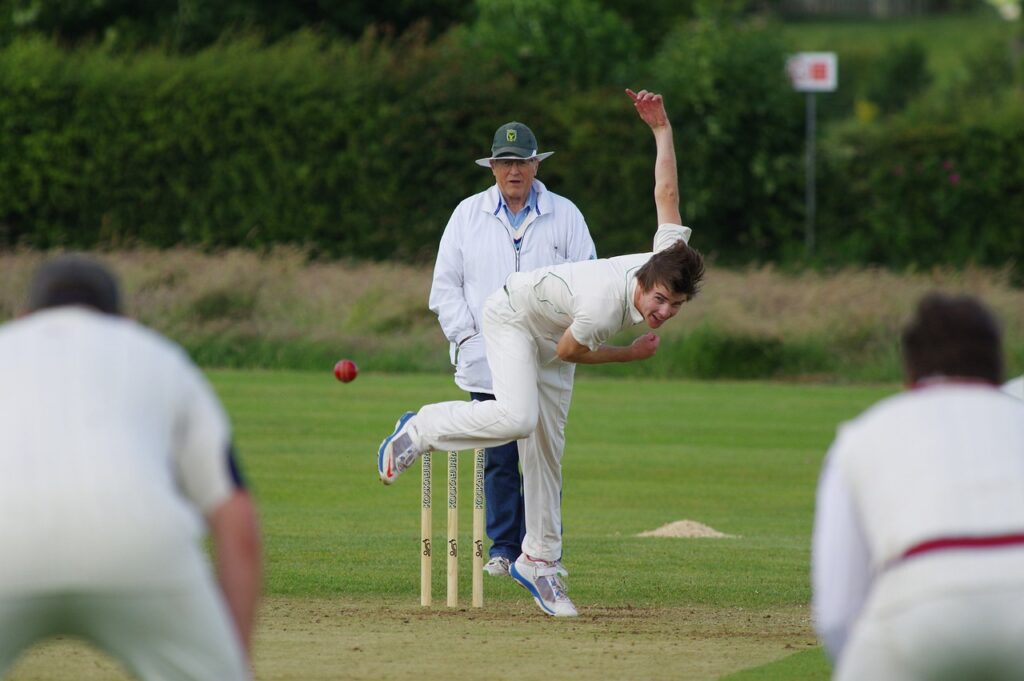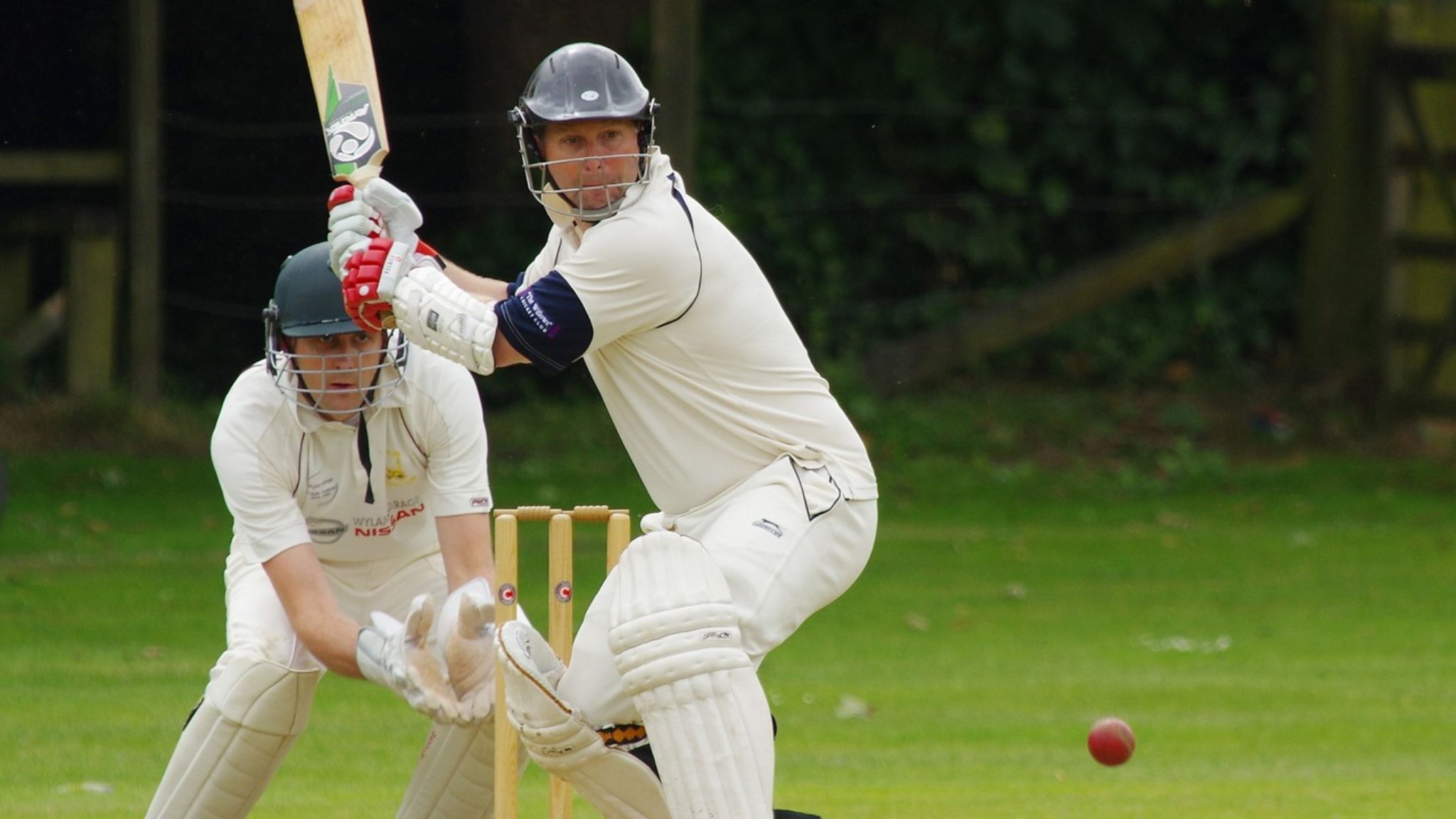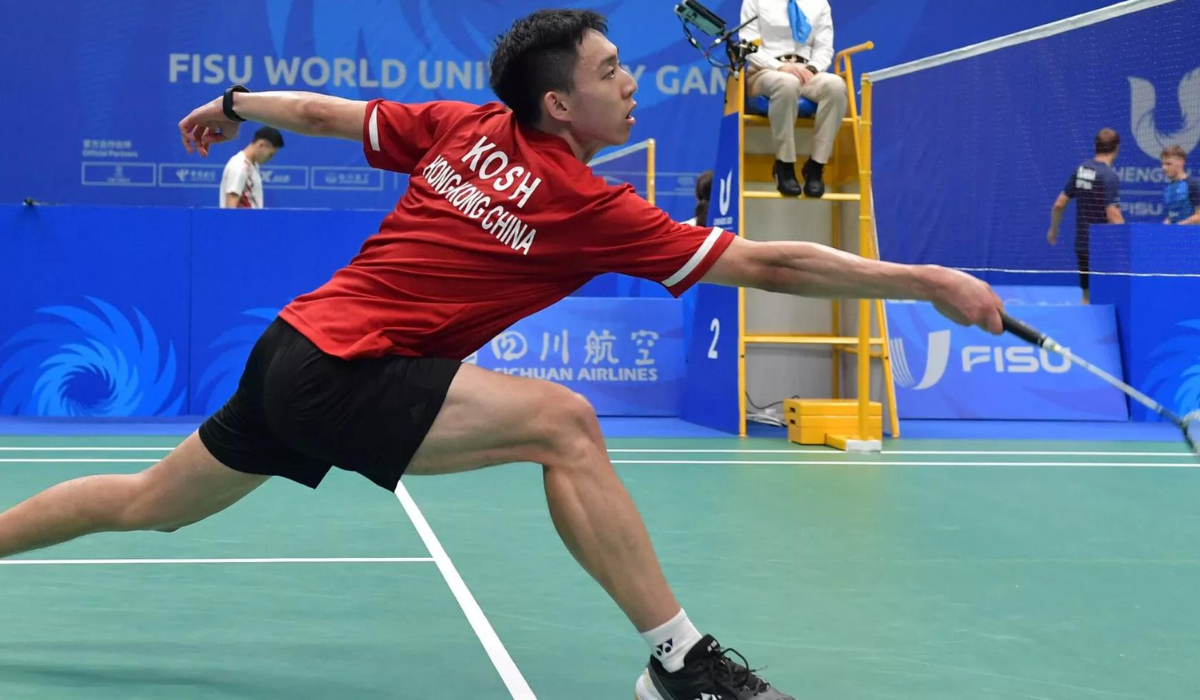1) Introduction To Cricket Strategies-
Cricket, a game that transcends boundaries and brings nations together, is not just about bat and ball. It is a captivating symphony of strategies that intertwine and dance to create moments of awe and admiration. The artistry of cricket lies in the execution of these strategies, weaving magic on the field and captivating the hearts of millions. Let us embark on a journey to explore the profound strategies that make cricket a game of tactical brilliance.
Cricket strategies encompass a vast array of techniques and tactics employed by players and teams to gain an advantage over their opponents. These strategies are meticulously crafted, taking into account various factors such as pitch conditions, opposition strength, and game format. A well-executed strategy can change the course of a match, transforming an underdog into a conqueror.
Table of Contents
Importance Of Strategies In Cricket-
In the realm of cricket, strategies form the bedrock upon which victories are built. They serve as a roadmap, guiding players through the ebbs and flows of the game. Strategies not only shape individual performances but also dictate the collective approach of a team. With their sheer power to influence outcomes, strategies have become an indispensable element in the game. Here we will discuss 7 important strategies of Cricket .
1)Batting Strategies-
In Cricket Batting is act or skill of hitting bat with ball to score run and to prevent the loss of one’s wicket. Here we learn the tactics to improve batting skill.

1) Opening Partnership-
The foundation of a successful inning lies in a strong opening partnership. Openers set the tone for the team, facing the new ball and withstanding the initial onslaught. The batsmen playing initially have to cover and negotiate the tricky early overs, has to play aggressively, maintain balance to cover early overs, and be stable on the pitch. So that their team gets a good lead.
2. Middle Order Stability
As the game progresses, the middle order assumes the responsibility of consolidating the innings and building a platform for a challenging total. The strategy revolves around rotating the strike, building partnerships, and utilizing power hitters effectively to accelerate the scoring rate.
3. Power
-Hitting in the Death Overs
The final overs of an innings provide an opportunity to unleash a flurry of boundaries. The strategy here is to take calculated risks, employing innovative shots, and maximizing the boundary count. Power-hitters, with their ability to clear the ropes consistently, play a pivotal role in this phase.
2) Bowling Strategies-
1. Pace vs. Spin
In the complex world of Cricket, there are two main types of bowling: Pace and Spin. The choice between pace and spin depends on factors such as pitch conditions, weather, and the opposition’s strengths and weakness.
Pace bowlers aim to exploit bounce, swing, or sheer speed, while spinners rely on variations in flight, spin, and guile. The strategy is to create pressure, induce mistakes, and take wickets at crucial junctures.

2. Variation in Length and Line
Line and length in cricket refer to the direction and point of bouncing of a ball on the pitch of a delivery. Bowlers constantly experiment with lengths and lines to unsettle batsmen. The strategy here is to probe for weaknesses, altering the trajectory of the ball and testing the batsman’s patience. By maintaining a consistent line and length, bowlers can restrict scoring opportunities and force errors.
3. Field Placement
Fielders play a crucial role in executing bowling strategies. The placement of fielders is strategic, aiming to plug scoring areas and force batsmen into uncomfortable shots. The strategy involves setting attacking fields to create opportunities for catches or run-outs while balancing defensive placements to limit scoring options.
3) Fielding Strategies-
Placing the fielder in the proper place plays an important role in winning a game of cricket. Bellow strategies one can follow to improve fielding and win the game.

1. Strategic Placements
Fielding positions are meticulously planned to optimize defensive and attacking capabilities. The strategy involves placing fielders in areas where the batsman is most likely to hit the ball, minimizing the chances of easy runs. Fielders in key positions, such as slips and short legs, provide catching opportunities to capitalize on the batsman’s uncertainty.
2. Catching Technique
Catching is an art in cricket, requiring exceptional skill and focus. The strategy involves training fielders to adopt correct catching techniques, emphasizing soft hands, sharp reflexes, and agile footwork. A well-executed catch can change the course of a match, providing a much-needed breakthrough.
3. Agility and Quick Reflexes
Fielding requires athleticism, agility, and lightning-fast reflexes. The strategy involves intensive training to improve mobility, speed, and anticipation. Agile fielders can save crucial runs, effect quick run-outs, and create pressure on the batsmen through sharp fielding.
4)Captains And Leadership Strategies-
Captains play an important role in the alignment of teams in cricket. The role of captain is very important in building a successful team and winning any team. Bellow strategies Captain needs to acquire.

1. Decision Making
Captains bear the weight of strategic decisions on their shoulders. The strategy involves making crucial choices such as team selection, batting or bowling first, field placements, and reviewing decisions. The ability to make informed decisions under pressure is a hallmark of effective leadership.
2. Communication and Motivation
Captains play an important role in communication between the coaching staff and players. The strategy here is to provide clear instructions, motivate players, and maintain a positive team environment. Effective communication ensures everyone is on the same page, fostering unity and collective understanding.
3. Adaptability to Changing Situations
The role of the captain is important in cricket, as per the situation, the captain needs to take decisions for changing the path of the team. The strategy involves reading the game, identifying trends, and making tactical adjustments accordingly. Captains must be flexible in their approach, recalibrating strategies to counter the opposition’s moves effectively.
5)Role of Analytics and Data in Cricket Strategies
Cricket strategies have evolved with the advent of data analysis and analytics. Statistical data, player performance metrics, and match insights help teams formulate more informed strategies. The strategy involves leveraging data to identify player strengths and weaknesses, analyze opponent patterns, and make data-driven decisions.
6) Innovations and Unconventional strategies-
Cricket’s ever-evolving landscape has witnessed the emergence of innovative and unconventional strategies. These tactics challenge traditional norms and catch opponents off guard.
1. Switch-Hit and Reverse Sweep
Batsmen now employ unorthodox shots such as the switch-hit and reverse sweep to confuse fielding placements and maximize scoring opportunities. The strategy involves practicing these shots meticulously and executing them at the right moment to exploit gaps in the field.
2. Short-Ball Tactics
Fast bowlers often employ well-directed short deliveries to unsettle batsmen and induce false strokes. The strategy involves setting a field with catching positions and applying relentless pressure to extract wickets or restrict the scoring.
3. Use of Spinners in Powerplays
Traditionally, spinners were primarily used in the middle overs. However, modern strategies have seen spinners being deployed during the powerplay overs to exploit early batting vulnerabilities. The strategy involves capitalizing on the lack of pace and extracting turn and bounce to trouble batsmen.
7)Other Cricket Strategies-
1)T20 Cricket Strategies-
The advent of T20 Cricket has given birth to a distinct set of strategies tailored for the shortest format of the game
- Batting Order Optimization-
- T20 strategies require optimizing the batting order to maximize power-hitting opportunities. The strategy involves sending explosive batsmen to the top to exploit the fielding restrictions, while skillful accumulators hold the innings together in the middle overs.
2. Bowling at Different Stages
Bowling strategies in T20 cricket vary at different stages of the game. The strategy involves utilizing pace bowlers for early breakthroughs and restricting scoring, followed by spinners to exploit middle-order vulnerabilities. In the death overs, bowlers aim to execute precise yorkers and slower deliveries to contain runs.
3. Adaptation to Different Ground Conditions
T20 strategies consider the unique characteristics of each ground. The strategy involves analyzing the pitch, boundary dimensions, and weather conditions to formulate plans that capitalize on the venue’s strengths and exploit the weaknesses of the opposition.
2)Test Cricket Strategies
Test cricket demands patience, endurance, and meticulous planning. The strategy involves building long innings, wearing down the opposition through attrition, and exploiting favorable match situations. Captains and coaches employ innovative field placements, bowler rotations, and carefully crafted declarations to gain the upper hand.
3)One-Day International Strategies(ODIs)-
ODI cricket strikes a balance between aggression and consolidation. The strategy involves setting challenging targets, utilizing power-hitting in the middle overs, and strategic use of bowling resources. Captains make calculated decisions regarding powerplays, taking risks with aggressive field placements and attacking bowling changes.
Role Of Coaches In Developing Strategies-
Coaches play a vital role in developing and implementing cricket strategies.

1. Identifying Player Strengths and Weaknesses
Coaches play an important role to analyze player capabilities and identifying areas for improvement. The strategy involves tailoring training programs, refining skills, and honing player strengths to maximize performance on the field.
2. Team Bonding and Morale
Coaches foster team unity, emphasizing collective goals and forging strong bonds between players. The strategy involves team-building exercises, motivational speeches, and instilling a sense of camaraderie. A closely-knit team performs better, executing strategies with synchronized precision.
3. Analysis of Opponent Strategies
Coaches study the strategies employed by the opposition, identify patterns, and formulate counter-strategies. The strategy involves analyzing player weaknesses, studying past matches, and devising plans that exploit vulnerabilities while nullifying the opponent’s strengths.
Conclusion-
Cricket strategies embody the soul of the game, adding depth, intrigue, and tactical brilliance to every contest. From batting and bowling to fielding and leadership, the artistry of cricket strategies is a captivating spectacle. Embracing innovation, adapting to changing circumstances, and harnessing the power of data are key aspects of modern cricket strategies. As the game continues to evolve, strategies will remain the cornerstone of success, shaping the destiny of players and teams alike. These strategies play an important role in improving and shaping the game of Cricket. Pl visit my other site http://sportsmeridian.com/sports-in-school-and-its-entire-benefits-for-students/(opens in a new tab) and to learn the benefits of desktop yoga visit HTTPS://www.sportsmeridian.com/benefits-of-desktop-yoga/












2 thoughts on “7 Best Cricket Strategies To Improve Cricket”
Very descriptive blog, I enjoyed that a lot. Will there be a part 2? http://boyarka-Inform.com/
Thanks a lot.